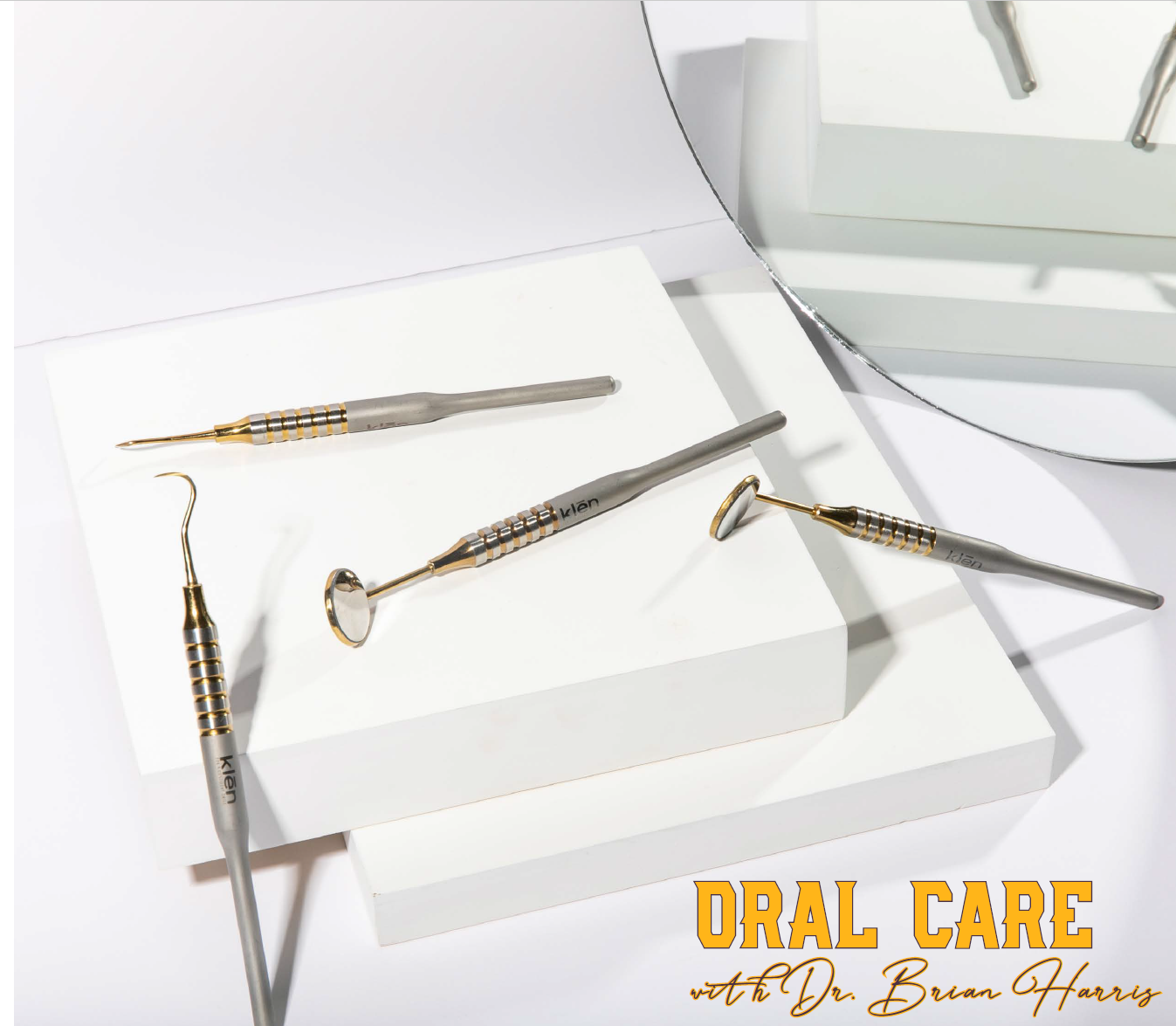BY PAUL FARKAS, TECH DIRECTOR
No double about it, technology-driven healthcare is the future of medicine. Making health-enhancing and life-saving technologies available and accessible to patients has increased wellness and happiness by leaps and bounds. We can only imagine what the next 25 years of medical technology development will bring us. Here are 8 awesome technologies that are already redefining healthcare as we’ve always known it. From here, the possibilities are endless.
#1. Wearable Health Devices
Doctors and scientists alike are embracing wearable health devices right along with consumers and fitness experts. Wearable heart monitors, advanced pedometers and other wearable health devices are putting data directly into the patient’s hands. You can lose weight, stay in shape, track medical issues and even detect hidden issues using a clip-on or wristwatch device. If you want some great low-cost pedometer ideas for holiday gifts this year, check out this list of affordable ones by Cool Things Chicago. You can track your daily steps, your heart rate, calorie intake and expenditure, and a whole lot more. Many people even wear their devices 24 hours a day so that they can get valuable information about their sleep habits.
#2. Artificial Intelligence
Artificial Intelligence is already being used to compile and analyze large amounts of healthcare data and clinical study findings to help doctors make important discoveries, enhance treatment options and avoid mistakes. New AI technology will include medical chatbots that can process patient information and even make general diagnoses. Natural language processing and machine learning make this type of AI possible.
#3. Blockchain Technology
Blockchain technology provides a decentralized system for recording, storing and transmitting protected health information. Although many people associate Blockchain with cryptocurrency, the possibilities of its use go far beyond that and could touch almost every industry in the future. According to Healthcare Weekly, blockchain and healthcare are a match made in heaven due to healthcare security. The healthcare industry faces major security breaches on an almost daily basis costing millions of dollars, a loss of trust by the public and other sticky problems. Many healthcare executives see blockchain as a top priority for 2020 and beyond. Developing a national database of healthcare data, on a secure blockchain system, could provide valuable research data for doctors all over the country.
#4. Genome Sequencing
Individualized care is fast approaching, genome sequencing is already available but very costly. As new technology surfaces, the cost will continue to drop until it becomes more accessible to the majority of patients. This is a huge win for healthcare because people are highly unique and treating people based on generalizations doesn’t always make for the best possible outcome. We can increase the chances of a good outcome when we know the most information possible about a patient. Genome sequencing and DNA testing can tell us what diseases a person is predisposed to. The Human Genome Project had the lofty goal of sequencing all 3 billion nucleotides in the human genome, it was an incredible undertaking that had huge implications for the future of medicine. We have only scratched the surface of everything that could be uncovered by fully understanding our DNA. More research and more advanced technology-driven devices will be needed as this incredible tool is tweaked and perfected.
#5. 3D Printing
The healthcare 3D printing market will soon be worth well over $2.2 billion. The uses of this technology are expanding quickly with applications from prosthetics to reproducing vital organs. Even drugs can be 3D printed. Surgeons can 3D print a patient’s anatomy to make a detailed surgical plan for the most complex surgeries. You can print human tissue cell by cell, using this extraordinary technology.
There are also endless uses for medical education as well. You can use it to study anatomy and medical procedures in a classroom setting. Easier manufacturing of medical devices can make things less costly. Over time, 3D printing might end up being a key thing that lowers the cost of healthcare.
#6. Software As A Medical Device
Orthogonal.io describes software as a medical device (SaMD) as standalone software that serves as a medical product, without any matching hardware. Typically software helps support or operate hardware such as the software the runs an MRI machine. With SaMD the software is used on its own to deliver healthcare that can diagnose, treat, cure, or even prevent medical conditions. Mostly, it involves collecting and distributing health data using sophisticated algorithms and analyzes it using complex machine learning. Specific examples of SaMD include health screenings, monitoring or alert systems for pre-existing conditions, communication with doctors and medical devices, and personalized plans for the managed care of chronic conditions.
#7. Robotics
Robotics is being used to assist in complicated surgeries and help doctors make precise serial cuts that reduce risk and make recovery easier on patients. The machines can also administer anesthesia with great accuracy and can reduce medical costs as well as lowering the risk of human error. Companion robots are making a name for themselves, proving therapeutic mental healthcare for people at home or in nursing homes. Doctors won’t be getting replaced by robots anytime soon but robotics can help doctors do their jobs better.
#8. Nanotechnology
Take robotics and shrink it down to a microscopic entity and you have nanotechnology. Nanodevices can deliver drugs through the patients’ bloodstream and to targeted areas for more effective treatment than was previously available. This is increasing the usefulness of therapies to treat even the hardest to treat diseases like certain types of cancer. These teeny robots can also help with diagnosis and monitoring vitals.
With all of the exciting discoveries the last 25 to 50 years of technology has brought us in the medical field, it is most interesting to see what else it can do for us in the future. Healthcare institutions are banking on the huge things to come, spending a considerable about of time, money and resources on developing new technologies every day that will create a healthier and happier population.
Read the latest issue of Athleisure Mag.











